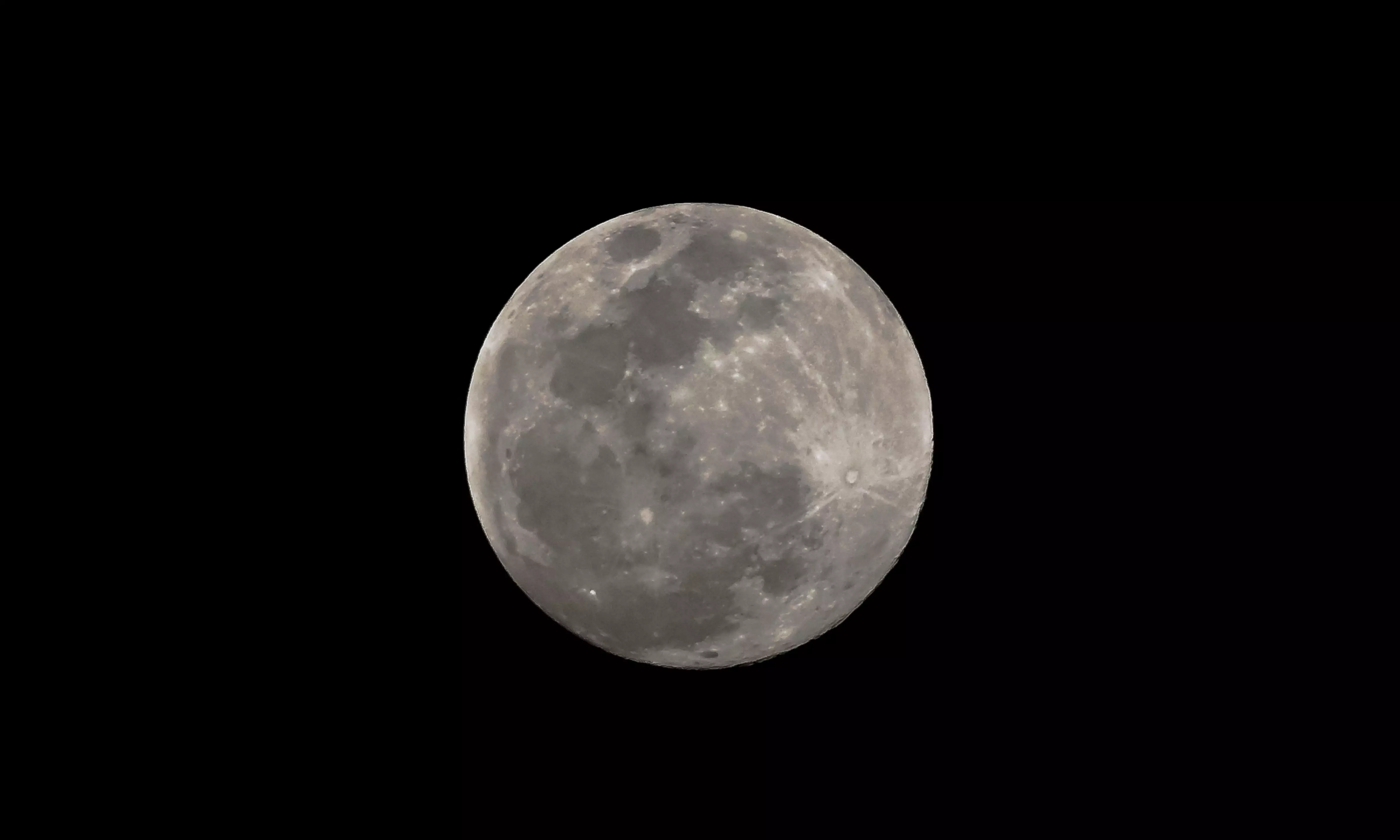
Taipei: China is preparing to launch a lunar probe on Friday that would land on the far side of the moon and return with samples that could provide insights into geological and other differences between the less-explored region and the better-known near side.
Free from exposure to Earth and other interference, the moon’s somewhat mysterious far side is ideal for radio astronomy and other scientific work. Because the far side never faces Earth, a relay satellite is a needed to maintain communications.
The Chang’e lunar exploration probe is named after the Chinese mythical moon goddess.
China in 2020 returned samples from the moon’s near side, the first time anyone has done so since the US Apollo programme that ended in the 1970s. Analysis of the samples found they contained water in tiny beads embedded in lunar dirt.
Also in the past week, three Chinese astronauts returned home from a six-month mission on the country’s orbiting space station after the arrival of its replacement crew.
China built its own space station after being excluded from the International Space Station, largely because of US concerns over the Chinese military’s total control of the space program amid a sharpening competition in technology between the two geopolitical rivals.
US law bars almost all cooperation between the US and Chinese space programmes without explicit congressional approval.
China’s ambitious space program aims to put astronauts on the moon by 2030, as well as bring back samples from Mars around the same year and launch three lunar probe missions over the next four years. The next is schedule for 2027.
Longer-term plans call for a permanent crewed base on the lunar surface, although those appear to remain in the conceptual phase.
China conducted its first crewed space mission in 2003, becoming the third country after the former Soviet Union and the US to put a person into space using its own resources.
China has also said that it eventually plans to offer access to its space station to foreign astronauts and space tourists. With the ISS nearing the end of its useful life, China could eventually be the only country or corporation to maintain a crewed station in orbit.
The US space programme is believed to still hold a significant edge over China’s due to its spending, supply chains and capabilities.
The US aims to put a crew back on the lunar surface by the end of 2025 as part of a renewed commitment to crewed missions, aided by private sector players such as SpaceX and Blue Origin. They plan to land on the moon’s south pole where permanently shadowed craters are believed to be packed with frozen water.





